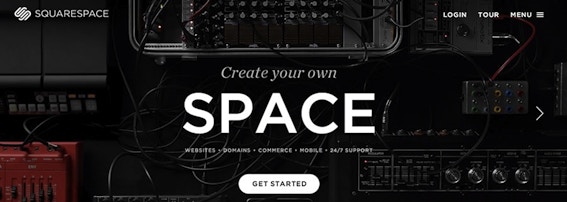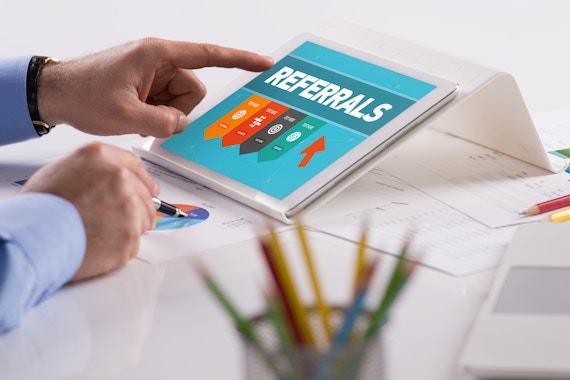Business
The Small Business Guide For Quickly Moving Business (And Payments) Online
Dodd Caldwell
July 21, 2020
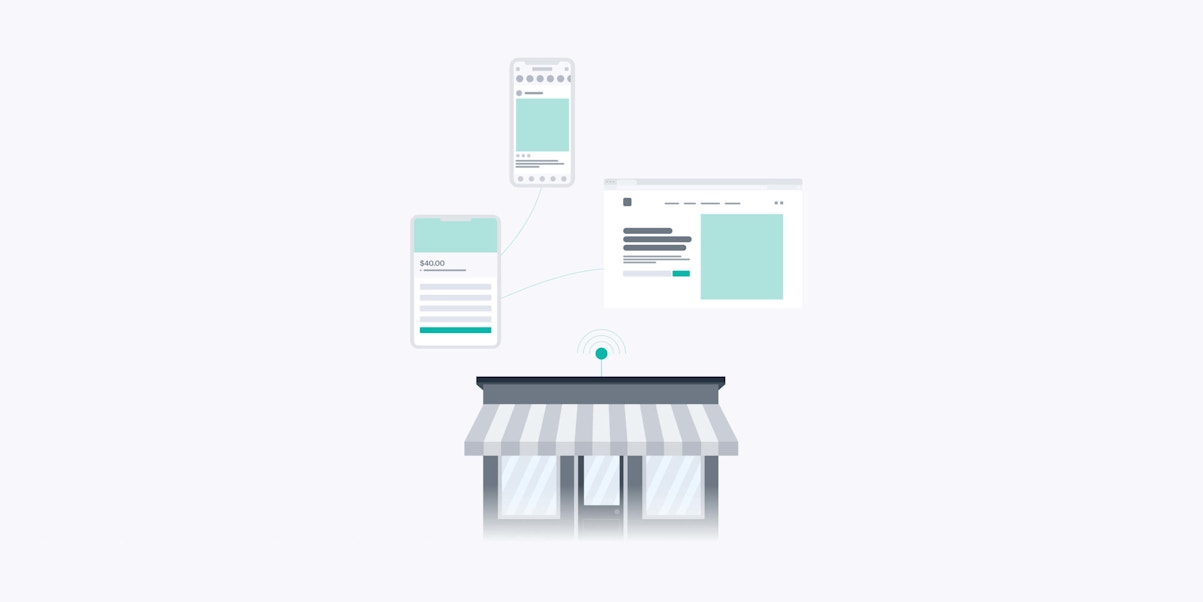
Today, the stakes are higher than ever, and to keep up, small business owners must not only continue growing, serving customers, and attracting talent, but adapt their business models to survive and thrive no matter how volatile things might get. That often means they need to move their business online.
Small business is changing, and recent market conditions have accelerated the pace of change in ways that fundamentally shift the small business model altogether. Today, initiatives like remote workforce enablement and establishing a digital presence are no longer honey-do items or temporary stopgaps, but necessities.
As a matter of survival, many small businesses have to move their offerings online to weather short-term downturns and future-proof themselves against any new challenges down the line. And they need to do so quickly and efficiently to avoid losing core business and going by the wayside.
The question is, where to start?
40% of small businesses do not have a website.
Visual Objects 2019 survey on small business
Where to Focus When Moving Your Small Business From Offline To Online
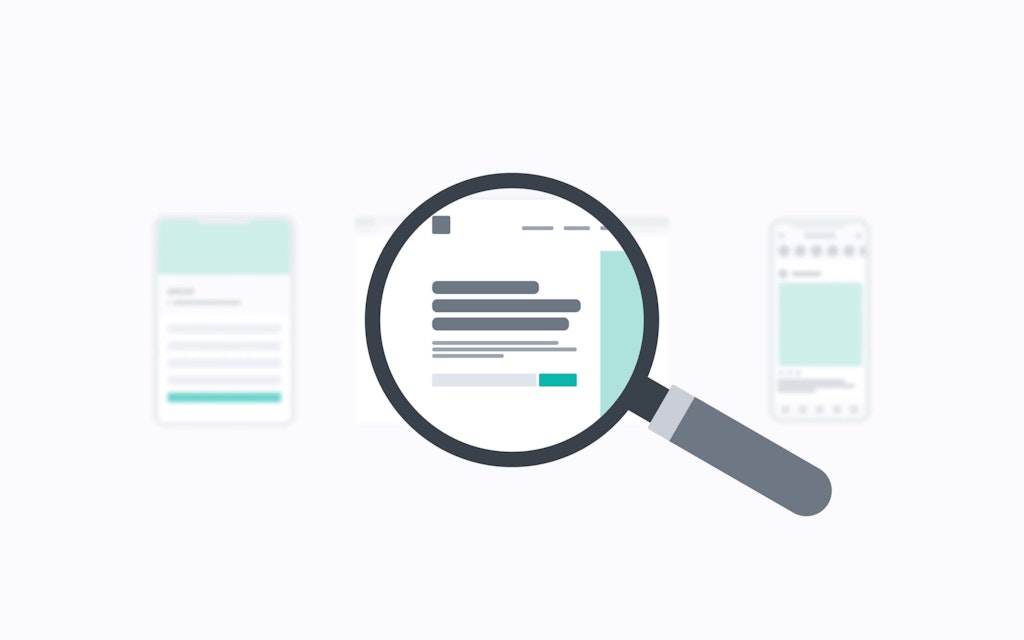
The problem is that so many small businesses are brick-and-mortar – their services and products are based on the presence of people and physical spaces. What does a yoga studio, for example, do when it suddenly needs to move all of its services out of its physical location to a 100% online format? You might ask the same question of attorneys, therapists, tutors, personal trainers – the list goes on endlessly.
While the move to doing business online can be daunting, it’s not impossible, and it does not have to be a death knell for your small business. Efficient resource allocation is essential. To stay lean and mean as you move your small business online, we recommend focusing on these five essential areas:
1. Your digital presence
When it comes to your online presence, many people complicate the matter by starting with the what and how before the why. Your digital presence is first and foremost about making it easy for customers to find you online.
So focus on setting up a simple, clean website that is informative, structured and optimized for search engines, and capable of handling payment transactions in a seamless manner. Even when time and resources are of the essence, you can achieve a minimally viable website through tools such as Squarespace or Wix.
Aside from your website, here are a few other aspects of your business’ digital footprint to focus on:
- Reputation management: Make sure your Google My Business, Yelp, and Facebook listings (among others) are verified, well optimized, and complete. Take a look at your existing mix of reviews and deliver courteous, professional responses to negative reviews.
- Social media accounts: While every social media platform might not make sense for your particular product or service, some mix can be beneficial when people go looking for you on those platforms (and they will). Facebook Business, Instagram, and LinkedIn are good places to start (or YouTube, too, if you’ll be leveraging video content).
- Local SEO: If you’re the best darn accountant in, say, Asheville, focus your efforts on that geographical area. All of your website channels and listing can (and should) be optimized for your locale. Read the HubSpot guide to local SEO.
2. Your product or service in its digital form
By their very nature, some products and services make the transition to an online model natural. Language courses, for example, or coaching sessions. Others, such as law practices, gyms, and physical storefronts might find the transition more difficult. So start here:
- Services: Think about how your service can be delivered through virtual channels such as video, as well as how this new model will be monetized.
- Products and goods: Think about how to move and sell products in the digital marketplace while still leveraging your existing overhead and distribution.
3. The ways you bring in new business
In other words: digital marketing. Essentially, this will break down into the natural ways people find you using search engines, or through social media, as well as the ways you pay to have people come to you through tactics like display advertising.
A well-optimized, user-friendly site can go a long way to giving your site visibility online; and even a small advertising budget can deliver results when it comes to online advertising. When thinking about your digital marketing strategy, here are some questions to ask:
- Where do you want to advertise? On social media platforms? Search engines? Other websites? All of the above? All of it is doable, even on a shoestring budget. Some services, like Google My Business, will offer you a credit when you first register (see: Google Ads, too).
- Who do you want to target with your advertising? Are there certain demographics that comprise your core business and ideal customer?
- What do you want people to do when they click through to your web properties? Sign up for something? Buy something? Contact you? Map out the flow on a whiteboard.
4. How you onboard your existing customer base
If your business is going online, so are the people that patronize it. Don’t leave them behind! As part of your customer communications, provide some onboarding materials. This might be an online guide or video tutorials delivered to your email list that help customers learn the new tools and media you’ll be using. You might also offer remote one-on-one onboarding sessions for a more personal, white-glove touch, for which Zoom and Skype for Business make excellent solutions.
Think of the personal trainer moving to an online model, for instance. She’ll likely want to schedule an initial video chat to get a feel for their client’s workout space and equipment so she can customize their remote training plan accordingly. A local winery might want to show its existing subscriber base where they can go to renew their subscriptions online, make payments, and have their monthly deliveries shipped.
5. How you transact business
Moving a small business online also means accepting payments online rather than in person. Beyond doing away with the old point of sale (POS) system you had in place for a digital payment solution, there are a number of other considerations to keep in mind when making the change to digital payments. See how the MoonClerk Digital Delivery extension makes this possible by allowing you to sell digital products like videos, courses, e-books, PDFs, etc. that you’ve created.

How Brisbane Lashes Automated 90% Of Its Training Course Enrollment With MoonClerk
— Joy Crossingham | Read More
How Small Businesses Can Quickly Switch to Online Payments
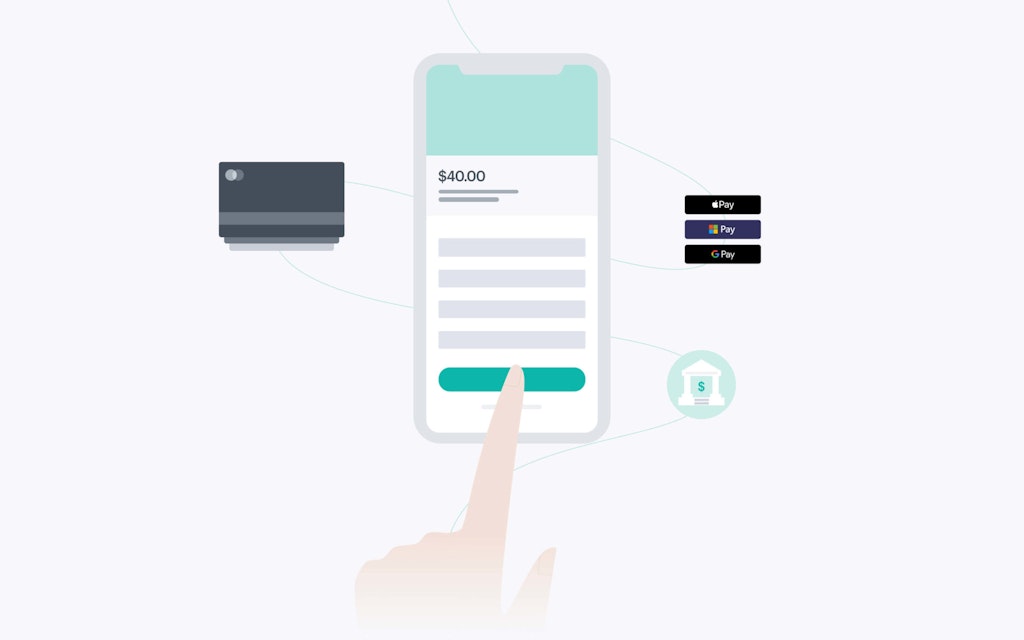
Which brings us to the wide, wide world of online payment processing. Making the change from a completely offline payment model – one centered around card or cash payments at a POS—to an online model is no small feat. The trick is to find a solution that not only fits the needs of your business and the needs of your customers, but that can help you switch to a recurring revenue model that keeps cash flow stable no matter how crazy things might get in the market.
Throughout our own experience helping small businesses make the switch, here are four pearls of wisdom we’ve picked up along the way
1. How you transact business
The last thing you want to do is frustrate a customer when they’re in the process of opening their wallet. Instead, think about how customers pay you now versus how they’re likely to pay you once you move everything online. Will you have an online portal for customers to make payment? Will you accept ACH transactions, credit cards, and Apple Pay payments? Give customers options, be flexible, and make payments easy.
RELATED: Where To Place Payment Forms On Your Website For The Highest Conversion Rate
2. Think creatively about generating recurring revenue
This is so important to positioning your small business for success in the long term. Think of the local cardio boxing gym, crossfit box, or yoga studio: those businesses aren’t subsisting off of pay-as-you go customers; they’ve all built a base of monthly memberships. So, think about creative ways to move your own brick-and-mortar business to a recurring revenue model, such as automated email nurture campaigns to your existing customer base, or simply adding a subscription offering to your pricing structure. RELATED: Run a paid newsletter with the MoonClerk Mailchimp Pro extension.
3. Protect your customers, your data, and your business
Data security is an absolute must when it comes to transacting business online. While most online payment vendors adhere to some compliance and data protection standards, platform security is not always a guarantee. It needs to be. MoonClerk, for example, keeps customers safe using full SSL encryption, secure hosting, and Level 1 PCI compliance.
4. Go with the simple solution that works with what you already have
When evaluating which online payment processor you’re going to use, consider each vendor against your existing payment structure, technology stack, and digital marketing providers. If time is of the essence and you need to roll out an online model fast, go with the solution with the shortest learning curve—the one that integrates with your existing branding, website, and customer list without requiring coding experience or costly new overhead.
Mastering the Art of Future-Proofing
In the small business world, change is an immediate necessity, and change is necessary so that you can better navigate (and survive!) the future.
Moving to an online business model serves both purposes: it allows small businesses to quickly pivot in response to what can be a mad, mad world; and it puts small businesses in a prime position to continue thriving well into the future, even when the swirling winds abate and things return to normal.
As we’ve seen in the recent past, downturns and sudden change can come out of nowhere. If nothing else, we’ve learned that the time to pursue the online version of your brick-and-mortar business is now. This guide should give you a lot of good places to focus your valuable time and energy.
